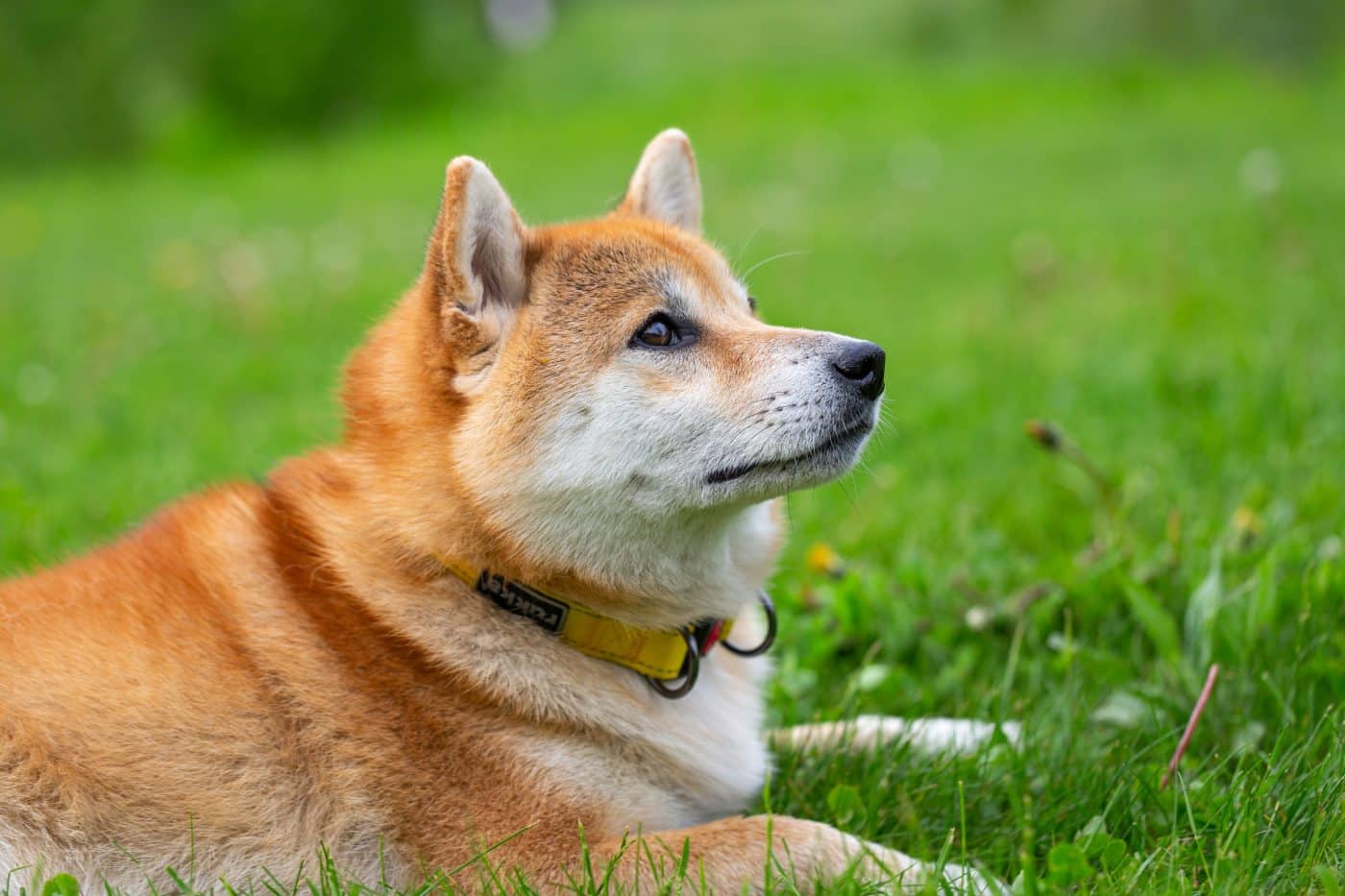 Shutterstock
Shutterstock
Some dogs come with family trees, which are so complicated that they make royalty look like open books. While many breeds have clear records, neat timelines, and carefully documented origins, others appear out of nowhere, cloaked in centuries of mystery and myth. These breeds leave historians scratching their heads, anthropologists intrigued, and conspiracy theorists reaching for their corkboards. With no clear origin stories, only fragments of ancient art, folklore, or dusty manuscripts, these dogs are walking question marks wrapped in fur.
Xoloitzcuintli
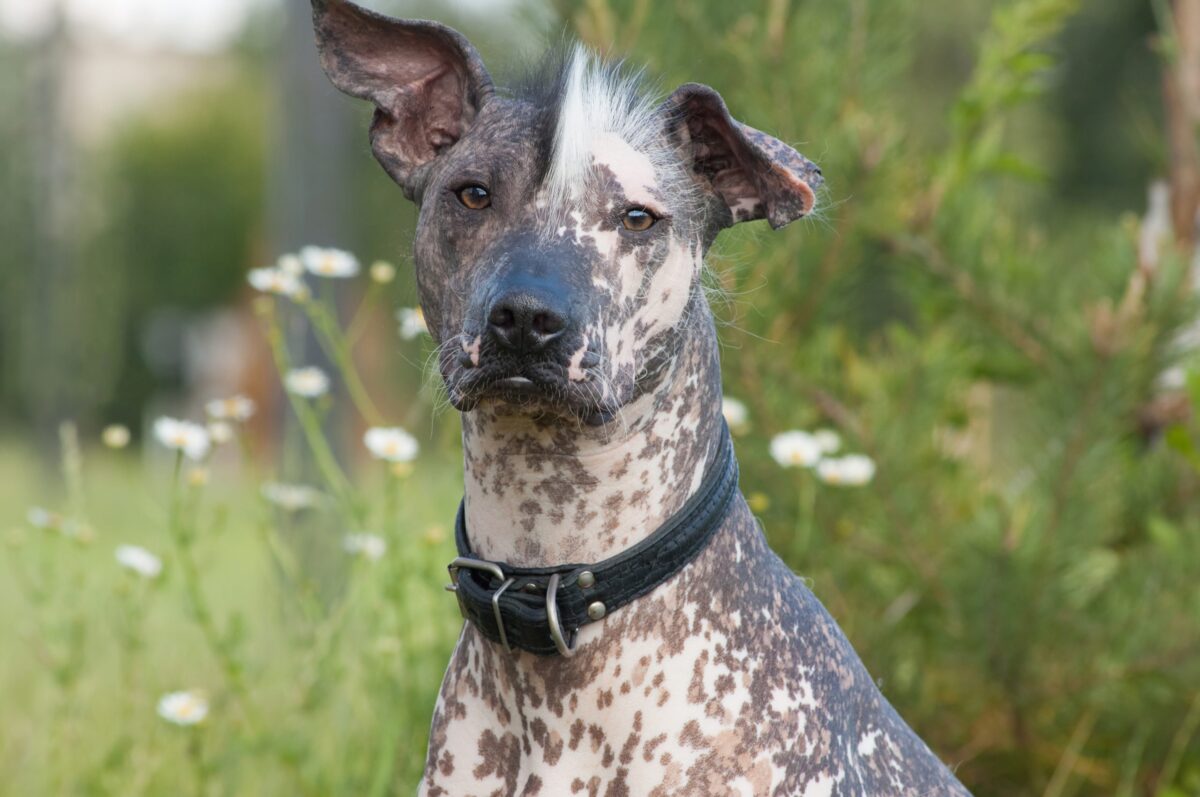 Shutterstock
Shutterstock
The Xoloitzcuintli, also known as the Mexican Hairless Dog, is ancient enough to have puzzled not just historians but archaeologists and spiritual leaders, too. This breed dates back over 3,000 years, but its origin is lost in a blur of Aztec, Maya, and Toltec traditions. Revered as sacred by Mesoamerican civilizations, Xolos were believed to guide souls to the afterlife—but where did they come from before that? No one knows. Their genetic lineage offers hints, but their spiritual significance adds a thick fog of mystery. Plus, how did a hairless dog survive for centuries without a decent sweater?
Basenji
 Shutterstock
Shutterstock
The Basenji is often called the “barkless dog,” it may just be the ancient ninja of the canine world. Found depicted on Egyptian tombs yet native to central Africa, this breed has been a silent enigma for thousands of years. Despite being well-known among African tribes as a hunting companion, their genetic trail is fragmented and puzzling. How did a dog that doesn’t bark become such a widespread hunting partner across vast terrains? And why does it yodel instead? Basenjis may be small, but their mystery runs deep—and they’re not about to explain themselves.
Saluki
 Shutterstock
Shutterstock
Elegant and aloof, the Saluki is one of the oldest known breeds, with carvings of similar dogs appearing in ancient Sumerian and Egyptian art. Yet despite its age, the Saluki’s exact origin is wrapped in scholarly debate. Did it emerge from Mesopotamia? Northern Africa? Somewhere between? Historians aren’t quite sure. This breed has the vibe of someone who’s been through civilizations but politely refuses to talk about it. One thing’s clear: if the Saluki knows its origin story, it keeps it a secret.
Tibetan Mastiff
 Shutterstock
Shutterstock
Massive, majestic, and mysterious, the Tibetan Mastiff seems to have descended straight from myth. Bred in the Himalayas to guard monasteries and livestock, this breed’s lineage is clouded by isolation and folklore. Some believe it’s the ancestor of all mastiff breeds; others argue it’s an entirely separate branch. Their DNA offers conflicting evidence, and their temperament only adds to the legend—they’re like monks with a personal vengeance against intruders. Even the mountains don’t spill secrets about this dog.
Norwegian Lundehund
 Shutterstock
Shutterstock
The Norwegian Lundehund is a puzzle wrapped in paws—six toes per foot, extreme joint flexibility, and the ability to shut its ears. This strange dog was bred to hunt puffins on cliffs, but no one can quite explain how or why it evolved such weird features. Did it mutate in isolation? Was it part of an ancient dog experiment? Its traits are so rare they’ve baffled geneticists and historians alike. Honestly, it feels like Mother Nature got too experimental with this one.
Azawakh
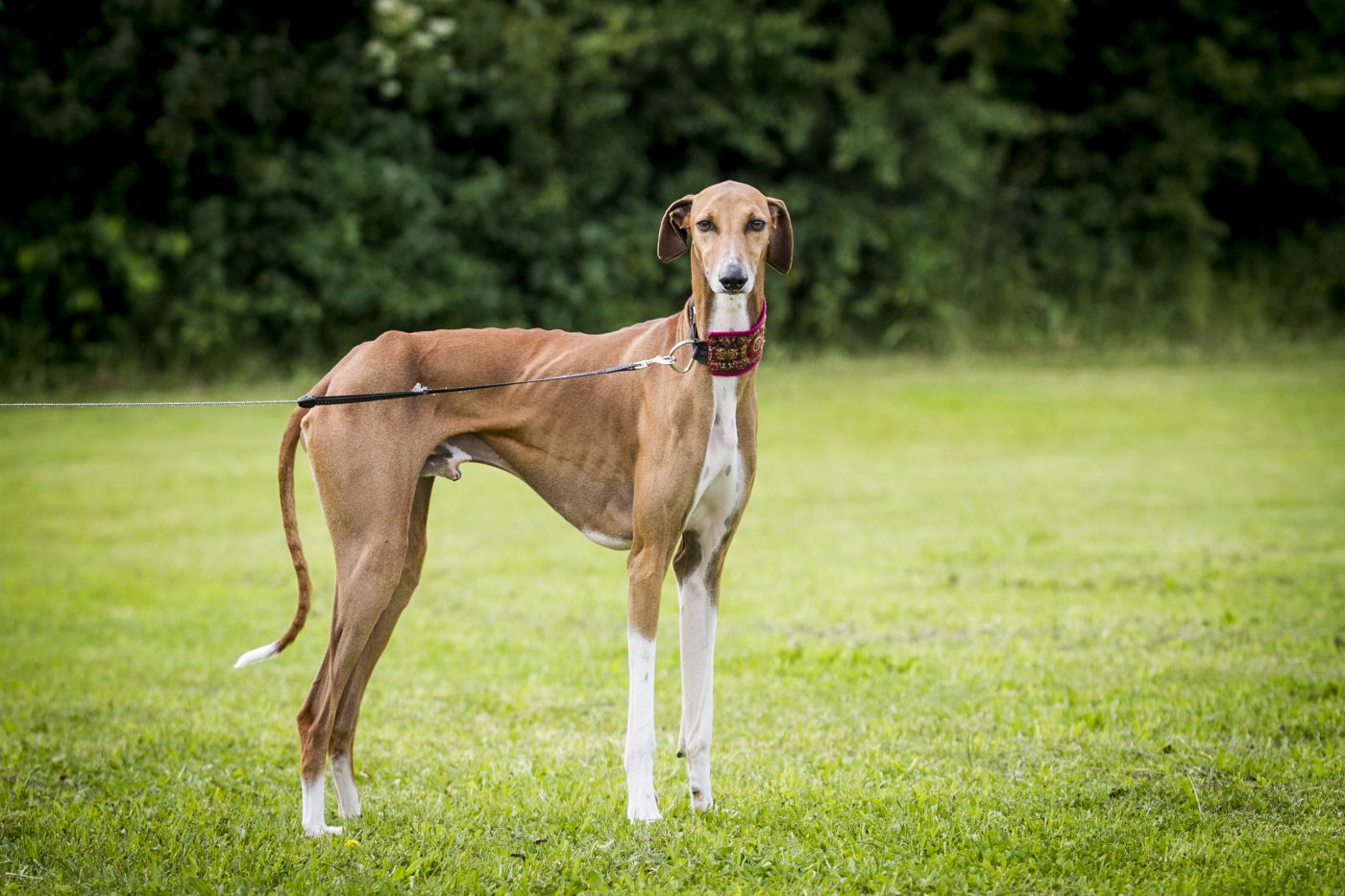 Shutterstock
Shutterstock
Graceful and aloof, the Azawakh comes from the Sahel region of Africa, yet much of its early history is undocumented and murky. It’s revered by nomadic tribes like the Tuareg, who treated them like sacred family members—but where did it come from before that? Its slender build suggests ancient hunting prowess, but its elegance hints at royal connections. No one has pinpointed exactly how it came to exist in one of the most unforgiving climates on Earth. The Azawakh might be the James Bond of dogs—smooth, mysterious, and unlikely to reveal its past.
Shiba Inu
 Shutterstock
Shutterstock
The Shiba Inu is one of Japan’s oldest native breeds, yet much about its development remains fuzzy. While it was bred for hunting in mountainous terrain, its roots stretch back so far that pre-modern documentation is virtually nonexistent. It survived wars and natural disasters and nearly went extinct—multiple times. How it persisted through centuries of upheaval without a clear breeding record is one of those mysteries that leaves historians shaking their heads. Also, the fact that it looks like an eternal meme adds to the enigma.
Thai Ridgeback
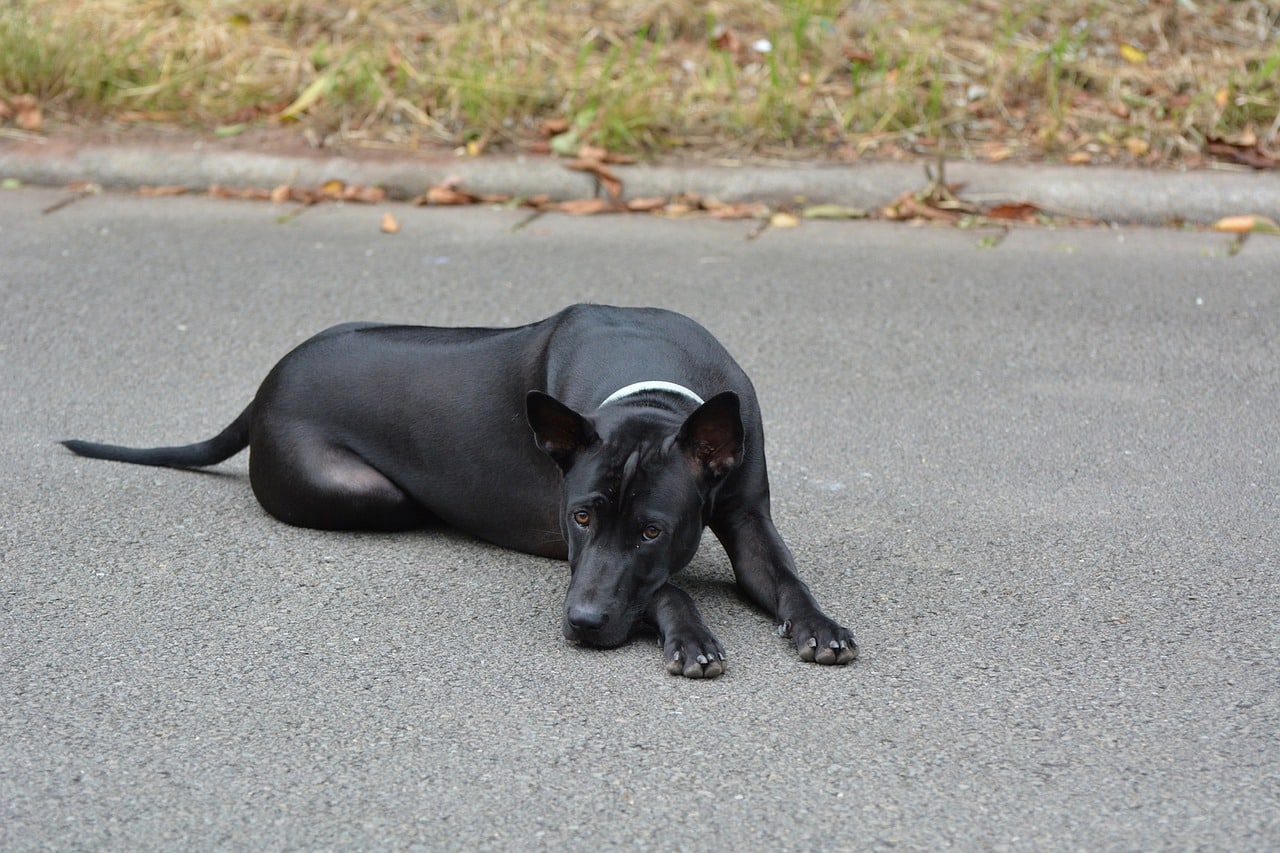 Shutterstock
Shutterstock
The Thai Ridgeback was basically hidden in plain sight for hundreds of years. Native to eastern Thailand, this breed was isolated for so long that it developed distinct features like a ridge of hair running along its back—a trait shared with only two other breeds worldwide. Yet historians can’t explain how the same ridge developed independently across continents. Did alien dogs plant a common ancestor? Are these dogs interdimensional travelers? The science is unclear, and so is their origin story.
Carolina Dog
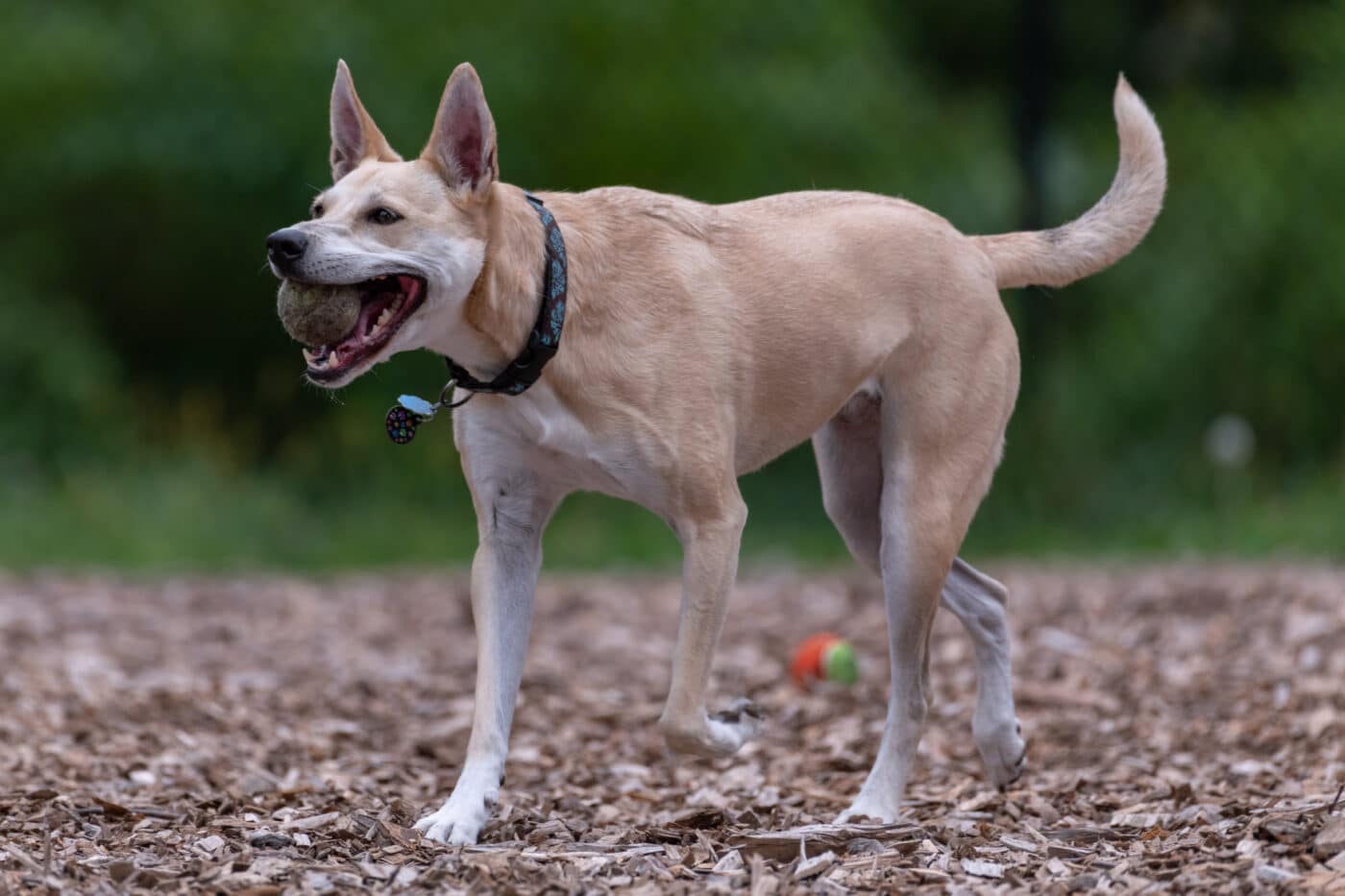 Shutterstock
Shutterstock
Also known as the American Dingo, the Carolina Dog was discovered living in the wilds of the southeastern United States—but its roots appear to stretch back to Asia. How did this dog get here? Did it cross with early human migrants over the Bering land bridge? Did it hop on a canoe with prehistoric adventurers? The timeline is murky at best, and its wild lifestyle only adds to the legend. This is the kind of dog that shows up in history like a surprise guest at a time-travel party.
Pharaoh Hound
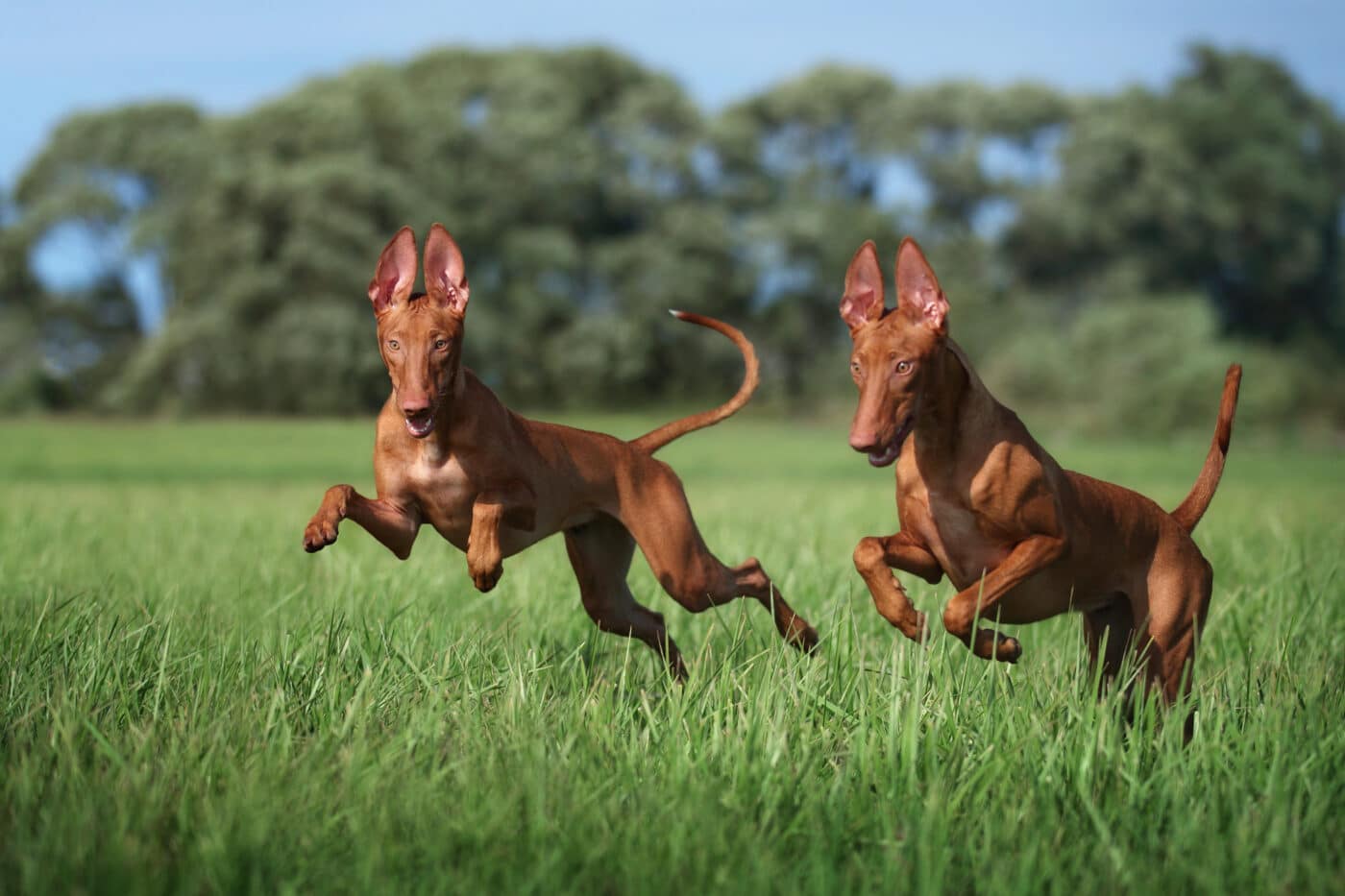 Shutterstock
Shutterstock
Despite its regal name and Egyptian flair, the Pharaoh Hound’s origin is baffling. Long thought to descend from the ancient Egyptian hunting dogs seen in hieroglyphs, DNA evidence now suggests it might actually come from Malta—what? How does a dog that looks like it walked straight out of a pyramid painting end up with Mediterranean island roots? Historians are still trying to sort this one out. This dog’s existence is basically the equivalent of historical catfishing.
Canaan Dog
 Shutterstock
Shutterstock
The Canaan Dog is Israel’s national breed, but it lived as a pariah dog in the deserts for thousands of years before anyone thought to document it. Some claim it was the herding dog of the ancient Israelites, while others say it simply adapted to wild living better than most. Its survivalist instincts and appearance in ancient drawings make it hard to ignore—but its true backstory is more vapor trail than a family tree. The Canaan Dog is like the ancient desert hermit of the canine world—wise, solitary, and probably holding onto secrets that predate Google.
New Guinea Singing Dog
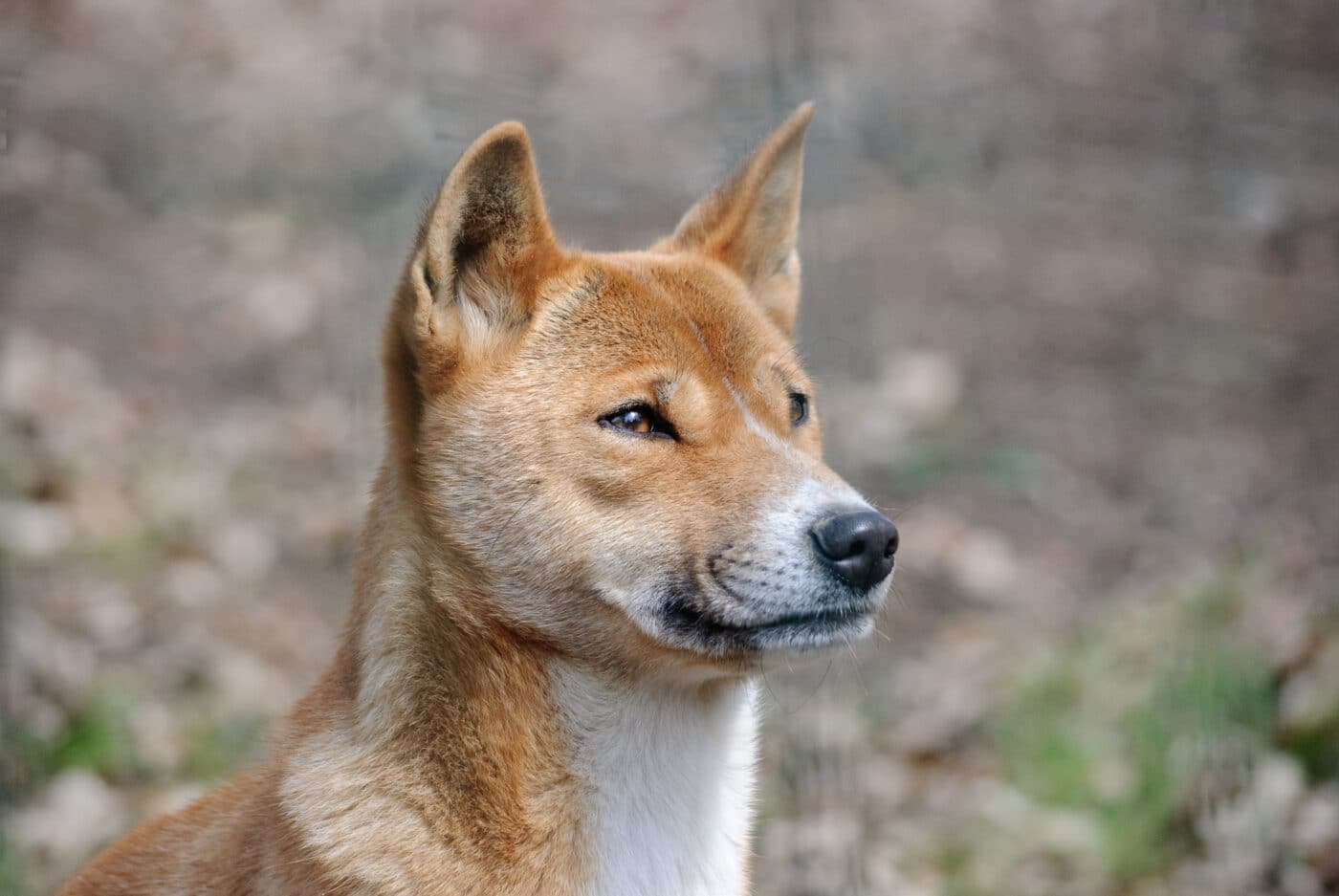 Shutterstock
Shutterstock
This dog doesn’t just howl—it sings, and no one’s entirely sure where it came from or how it developed such a unique vocalization. Native to the highlands of New Guinea, it went largely undisturbed for centuries, existing in isolation and mystery. Some thought it was extinct until a few were discovered living wild in the 21st century. Even now, it blurs the line between wild and domesticated, ancient and modern. It’s the kind of dog that could teach a cryptid a thing or two about staying under the radar.
Chow Chow
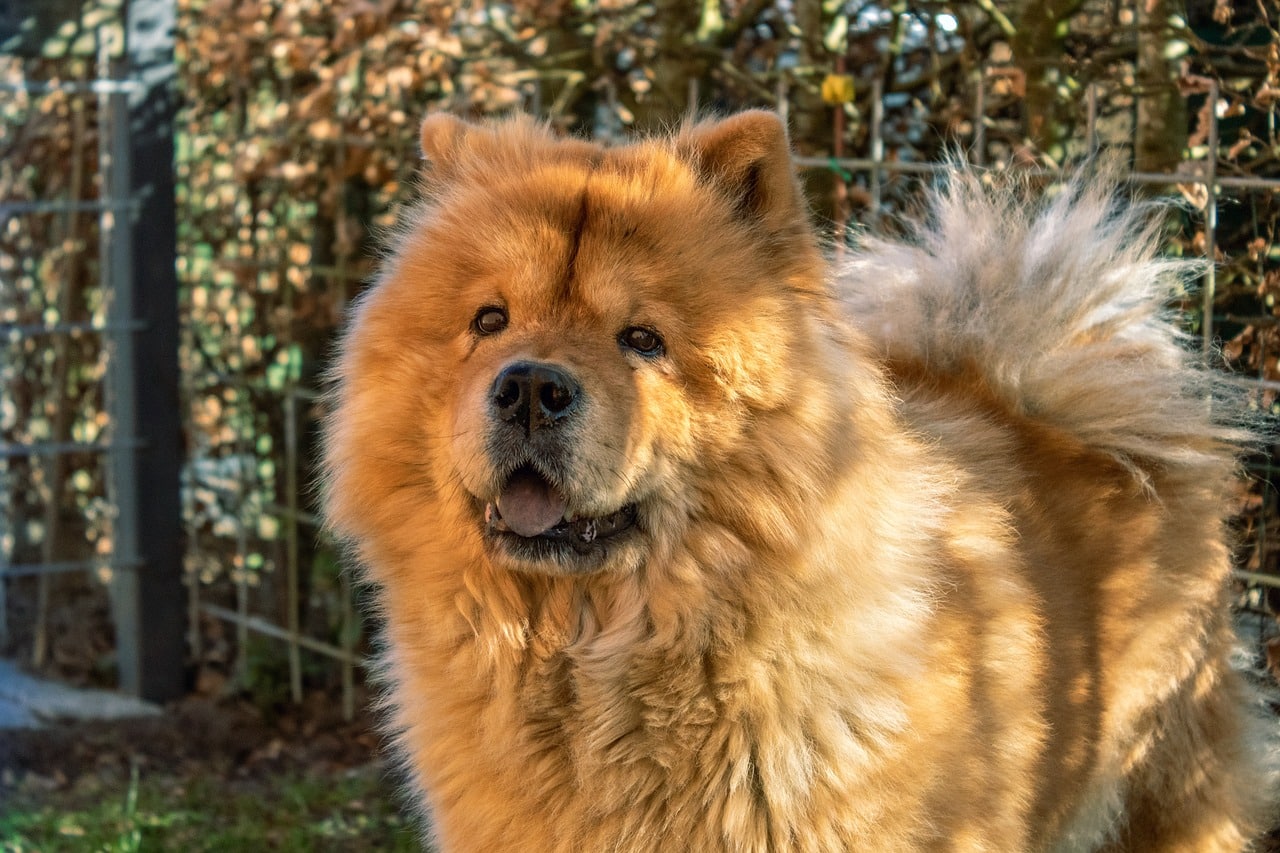 Shutterstock
Shutterstock
The Chow Chow looks like a teddy bear but acts like it’s been around since the dawn of time—and it probably has. With a blue-black tongue and a temperament that swings between dignified sage and judgmental cat, the Chow’s origins remain fuzzy. It’s believed to have originated in northern China or Mongolia, but exactly when and how it became such a staple of ancient imperial courts is unclear. These dogs have been everything from palace pets to temple guardians to food (yes, really). They carry an air of ancient wisdom and unspoken grudges like they remember dynasties you’ve never heard of.
The Breeds That Left No Pawprints, Just Confusion
 MidJourney
MidJourney
These dog breeds prove that not everything in history has a tidy footnote. While some dogs were born in the spotlight, others emerged from the shadows of time with more questions than answers. Whether they’re hairless guides to the afterlife, yodeling jungle runners, or puffin-hunting cliff climbers with six toes, these dogs are the four-legged mysteries historians may never fully decode. And honestly, they like it that way. If these pups had a motto, it’d probably be: “I’m not mysterious—you just don’t get me.”

 1 week ago
7
1 week ago
7


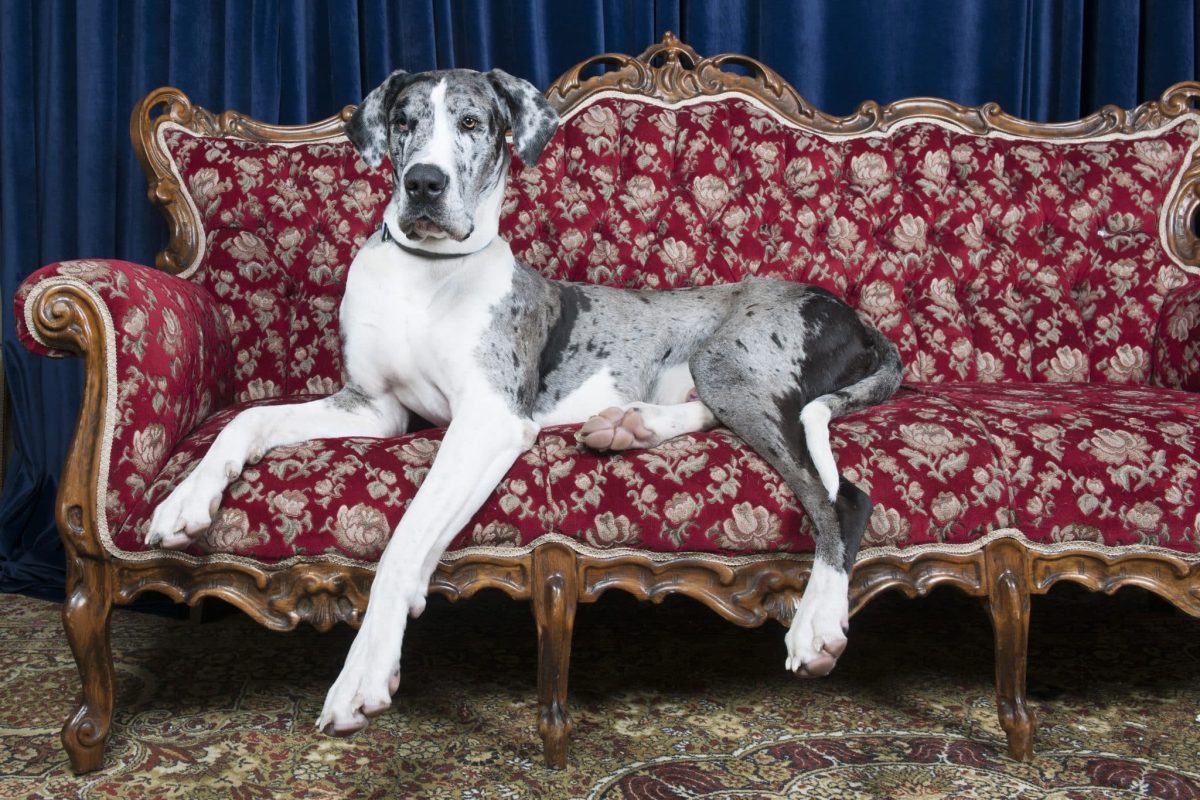





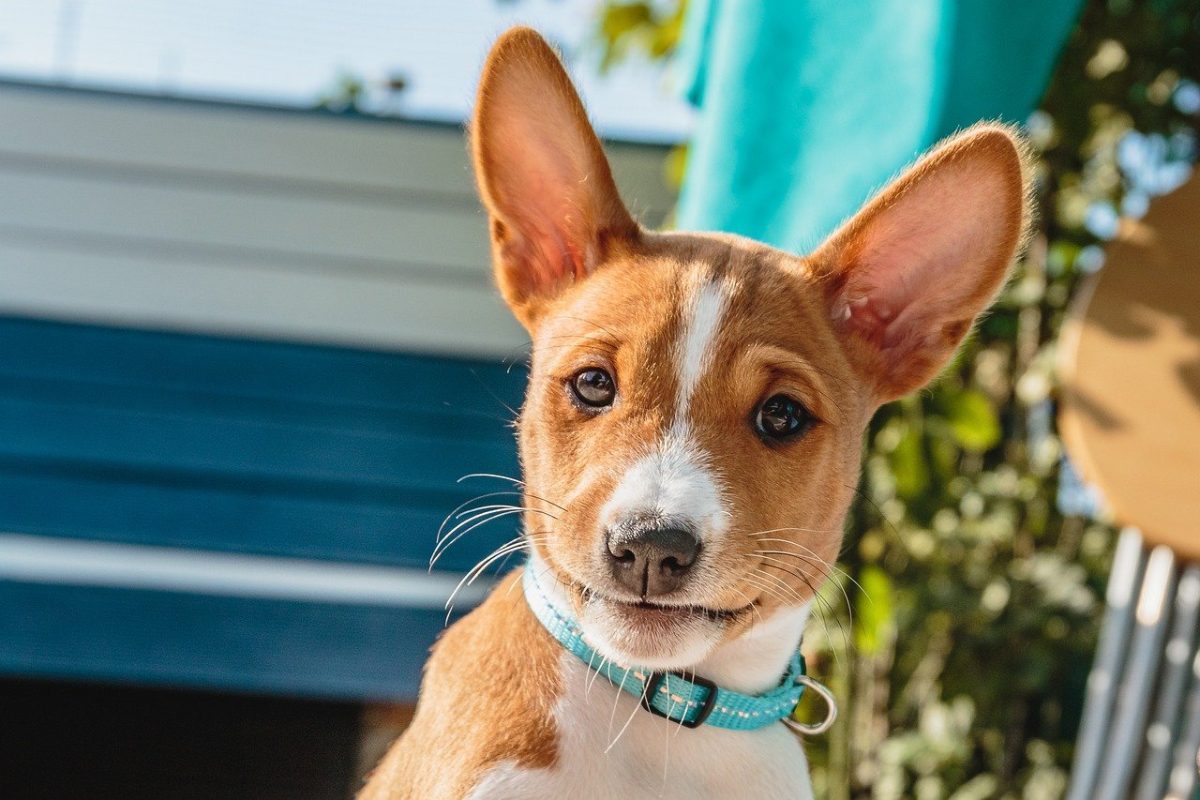






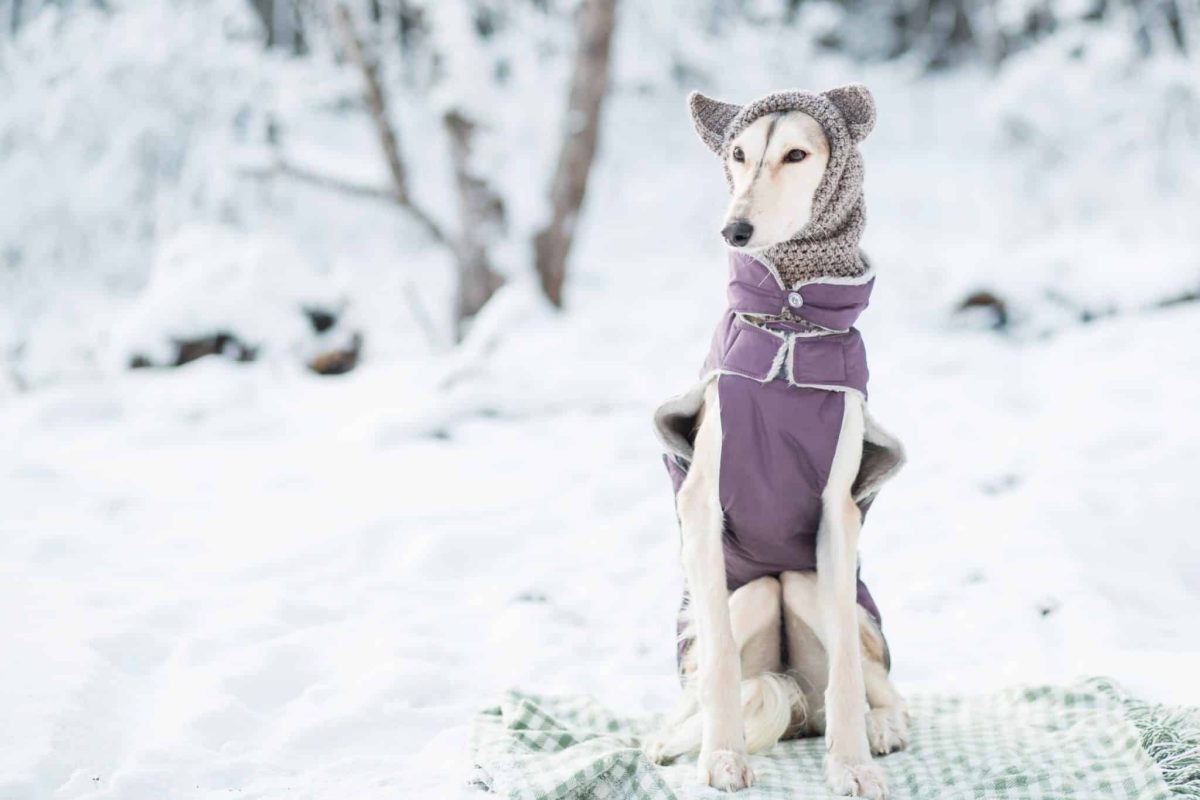


 English (US) ·
English (US) ·